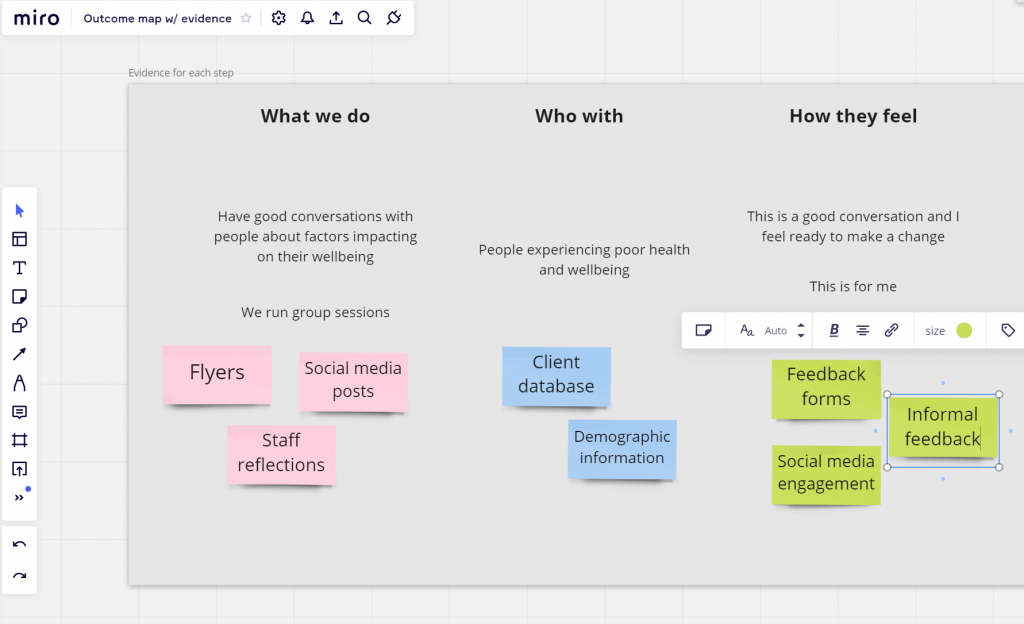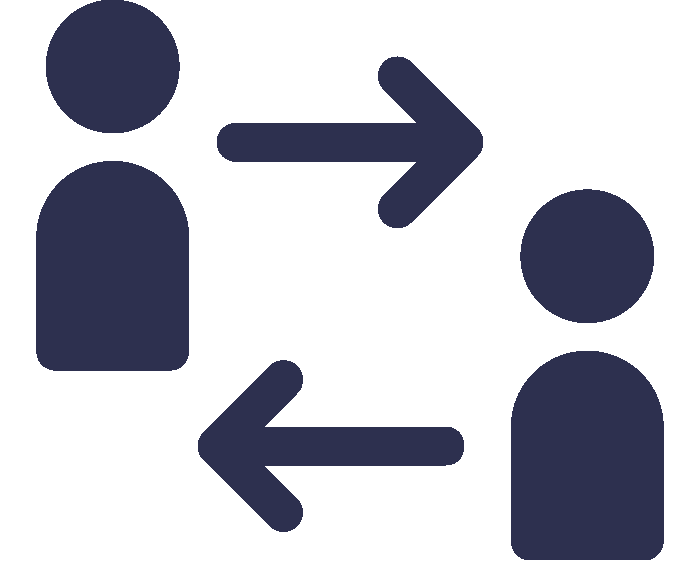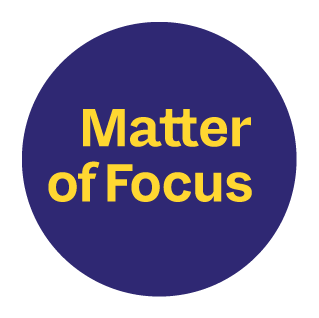Having joined Matter of Focus just in time for our fourth birthday in June 2021, I was curious – and nervous – about what it would mean for me to learn a new approach and processes and build relationships with new colleagues and clients whilst working remotely.
Most importantly for me, taking the leap into working with Matter of Focus presented an opportunity to grow and develop in my two great professional passions; impact evaluation, and facilitating groups to problem solve and come to common solutions.
Like many facilitators I’m sure, I was concerned about my skills stagnating in an online world of squares on a screen! Thankfully, having reached our fifth birthday (and my first-year work anniversary) I am delighted to reflect that the growth I craved has indeed happened while continuing to facilitate online.
Here are five of my key learnings from my first year with Matter of Focus…
1. Many of the same principles apply both online and in person

For some of us it may be a long time since we have pulled up a physical chair in a meeting room and grabbed a stack of post-it notes, and it can be easy to think of online meetings as being an entirely different type of work, to be put up with until we can get back to the ‘real thing’. Whilst I do share some of this sentiment my experience has told me that this isn’t necessarily the case, and that the broad rules about how to get the best from coming together with others apply in all formats. Far from parking some of my facilitation tools because they ‘won’t work’ online, this year has been about me challenging those assumptions to see where they can and do fit instead.
2. Make use of visual tools

For me personally, and many of our clients, visual tools to illustrate a topic are essential in helping me to understand and explain complexity. There is a fine line however, between using visual tools like PowerPoint presentations to engage a group in the work and having them do the delivery for you.
At Matter of Focus we aim to keep our presentations information light (in what we share on the screen) and expand on the topic in more detail verbally, which allows us to tailor discussions much more closely to the needs and context of the clients we are working with.
Big, complex pieces of work like developing a theory of change really lend themselves to using practical visual tools over discussion only – we have been really fortunate that activities that once worked best on pieces of paper and a big sticky wall can be replicated online using Miro (or Jamboard and Zoom Whiteboards) allowing participants to set out the pieces of the puzzle, easily move them around, edit and delete them collaboratively.

3. Shake up the format

When working with larger groups and tackling complex issues in a session, working together in a whole room can be intimidating – people can feel lost in the crowd. I like to build in opportunities for very brief (5 minutes!) small group discussions and 1:1 chats early on into a session to get people in the mood to contribute, breaking down the topic for discussion into a smaller focus.
If we are trying to look at the bigger picture of an organisation’s theory of change, we might start off with a question like ‘use one word to describe the difference you make’ to spark people’s thinking.
Online meetings also bring in opportunities for non-verbal contributions, using the chat function, reactions, and even physically waving at the screen or giving a thumbs up – this can be a useful way of supporting different people’s engagement styles and providing useful talking points.
4. Be realistic about how much you can cover

An hour can feel like a long time when setting dates in the diary, but it’s easy to be over ambitious with what can be achieved, leaving meetings feeling rushed or running out of time for planned agenda points. It’s often helpful to ask ourselves what the essentials are that we need to cover in a session, the core purpose of the meeting, and what else can wait for another time or could be done in another format.
5. Breaks are important!

Zoom fatigue is a well-known phenomenon – as is the understanding that sitting for too long is bad for us in a lot of different ways – but in a busy online meeting it can be tempting to push through break periods just to get the work done. This is often a false economy! It’s also important to be mindful that participants may be jumping between several meetings in a day in a way that we wouldn’t have expected to do in person. In an ideal world we would encourage everyone to ensure they have 5-10 minutes at least to step away from their desks, but where this isn’t happening then building in a couple of minutes at the start for people to arrive and ground themselves will help everyone get the most out of their time.
